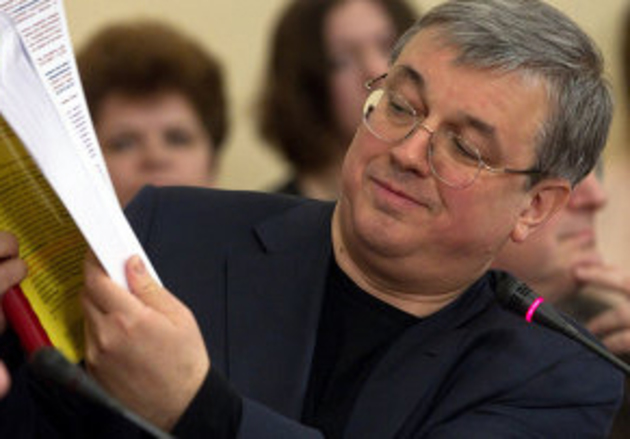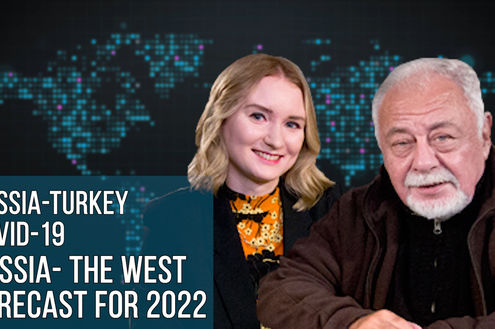by VK
Public control over the taking of entrance exams for entry to higher education centers is a means of equal access to higher education. The Russian Public Chamber initiated monitoring of the process by the Higher School of Economics (HSE) and RIA Novosti. The results of their studies were presented by Yaroslav Kuzminov, head of the HSE and chairman of the commission of the Public Chamber for development of education:
Medical higher education centers have become one of the most elite sectors of education. 83% of medical education centers have accepted half of A-level students with an average score of 75 out of 100. Those are the best results. Medics re ahead of socio-economic higher education centers which used to be the leaders for a long time. It is a good sign, in my opinion. It is a sign that were are restoring balance in demand for higher education.
Another large group is the pedagogues. Admission of students willing to become pedagogues was a problem for long. They were mainly C-level students. But the situation has started changing. The average score is 61.5 out of 100, it is a clear B. Only 9.1% of education centers accepting over half of C-level students are left. But a teacher’s carrier is still unattractive. A-levels are still rare in pedagogue education centers, only 5-6%. It seems that we need to consider separation of pedagogue studies in sectorial higher education centers, because graduates of classic universities are often becoming the best teachers, school directors prefer them.
Technical universities show positive tendencies in general as well. A group of technical universities was formed with an average score of 70 out of 100. Those higher education centers accepted over half of A-levels. There are only 11 such universities at the moment, there were only 4 two years ago. It is a dramatic increase of elite technical education centers, about 5-7 technical education centers are closing in: the Saint-Petersburg Polytechnical University, MISIS. They need about a point to join the group. At the same time, many education centers admit weak students to complicated engineer’s specializations and physical sciences (physics, chemistry).
Obviously, something should be done about it, not just by means of reduction of free education spots. We need to stimulate strong people to study in those sectors. Because a carrier in those sectors exists and it is just as good as any other. If you have such problems in agriculture, military production (a critical area in our country), the government should think about making those workplaces attractive. But the main reason is exaggeration of budget figures in comparison to financially reliable demand for specialists.
The problem of excessive free education seats does exist. This is how some authorities try to solve problems in their areas and enterprises. How does the Ministry for Education form the target figures? An association of entrepreneurs and employers is interviewed, governors and executives of regions get interviewed. But they have no financial responsibility for their order. This is why some try to make the federal center pay cash to train 4-5 times more specialists than needed to avoid increasing wages to doctors and teachers. Such logic is anti-state logic. Expecting someone to work for low wages is like stealing from tax-payers, because tax-payers should not pay for such solutions of own problems, and it disturbs normal students willing to study. When a third of students in a group does not study because it cannot, it forms a certain atmosphere. It hinders the education process. Not all higher education centers can dismiss those who cannot master the education program. Many education centers with few free seats are in bad financial condition and prefer to struggle for even the worst students to save budget money they bring in. This forms an endless circle. The mechanism for determination of state buildings needs serious modernization. There should not be blind reliance on regional authorities and businessmen”.
Minister for Education and Science Dmitry Livanov believes that “the average points in the unified exam of prospect students starting the first year of studies shows two essential factors. The first one is the demand of prospect students for education programs. The second one is the interest of students and their parents in the higher education center, the brand of a certain education center. Reception of information and analysis of the data of the admission campaign allows us to make conclusions about the demand for areas of studies, orientations of students, which education programs and spheres of studies interest them most, which changes are happening in their preferences. It certainly gives an opportunity to form organization instruments of influence on the preferences. We want to have as many school-leavers with talents to go for engineers. Clearly, the rating gives us important information about the topic. Another important condition is the demand for certain universities or other higher education centers. This is another important factor for rating a higher education center: its history, its current state, its activity in media space”.






